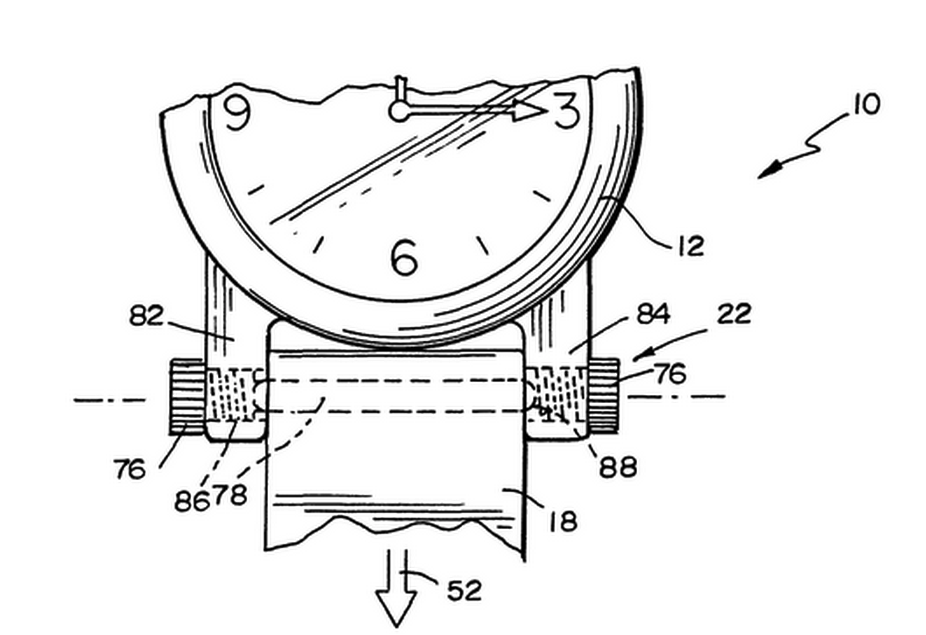Recenty Mike Razavi with the USPTO wrote to inventors about presenting your invention to the public, the article was entitled "Be Smart While Swimming with Sharks". The advice given is sage.
Inventors often pitch their inventions to investors, looking for a billionaire to take an interest and invest in their products. Every day on television, at trade shows and conventions, in boardrooms, and on showroom floors, inventors make their sales pitches.
Successful inventors know the most important aspect of safeguarding their product or service. Something that lets them tell the world with confidence that the invention is theirs because they have applied for or have been granted a patent.
Some inventors feel inclined towards secrecy, because “If I keep it a secret no one will be able to steal it.” That’s true; however, if you keep it too secret no one will ever know about it either. So what’s an inventor to do?
Protect your intellectual property! Independent inventors often first file for a Provisional Application for Patent. This is a cost-effective initial step towards securing patent protection. A provisional application establishes a “priority date”—a date that you can claim as the effective filing date when you later file a full, non-provisional application. A provisional application also provides a 12-month period to mark your invention as “patent pending,” which is a strong warning to would-be infringers.
And yes, with a provisional application, you can also disclose your invention to others without losing the ability to get a patent later.
If you haven’t filed for a patent, should you get nondisclosure agreements from anyone who’s getting your product pitch? Nondisclosure agreements offer some protection and can be a way for you to safeguard your ideas and inventions. But if you’re going on television or showing your invention at a tradeshow, you’d have to have every single person who will see it sign an agreement. That means every person who watches television or every person who goes to the tradeshow. Obviously that’s impossible. Nondisclosure agreements can be useful tools, but not in all situations.
Whether you’re jumping into the tank for the first time or have already begun pitching your product, consider the available options to safeguard your inventions. Knowing that your intellectual property is protected while you pitch them will give you confidence and assurance that nobody can take advantage of you without risking strong legal consequences.




